I am working on a dataset where my target variable CLASS has three categorical values. 
Now When I apply Ordinal Logistic Regression and run the polr command. Its showing this error "attempt to find suitable starting values failed". I think my target variable is not ordered. Can anybody tell me how to arrange Sv of ordered values?
model <- polr(Class~., data= training, Hess = TRUE)
Error in polr(Class ~ ., data = training, Hess = TRUE) : attempt to find suitable starting values failed In addition: Warning messages: 1: glm.fit: algorithm did not converge 2: glm.fit: fitted probabilities numerically 0 or 1 occurred